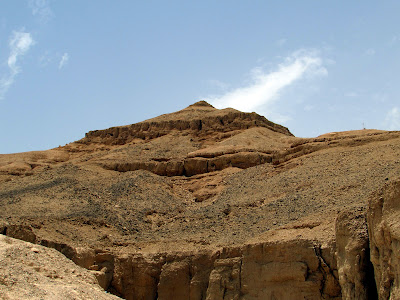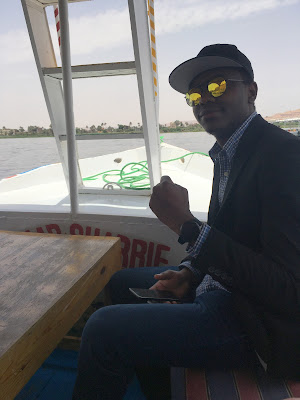The stanza of Robert Frost's poem "Stopping By Woods on a Snowy Evening" reads: "The woods are lovely, dark and deep,/But I have promises to keep,/And miles to go before I sleep,/ And miles to go before I sleep." There are number of reasonable ways to read these lines, but the one that rang true on May 21 as we reentered the US via the Peace Bridge in Buffalo NY is that close as we were to getting home, we too had miles to go before sleep. Crucially, I needed to stay awake for another few hours, long enough for us to pull into our garage before heading upstairs to bed.
Ten minutes past the border, as we turned onto the 400 from I-90, both divided highways, we ran into torrential rains and high winds. Or, rather, they ran into us. A weather system of some sort was pushing northeast bringing not only the wind and rain but quick darkness as well. I was able to drive, slowly, by following the center yellow line. Such traffic as there was sped around. It reminded me of driving through fog over the mountains in Vermont on my way home to NH late at night from my graduate school duties in Albany. Sometimes the fog was so soupy I rolled down my window to see the center line along my front bumper.
Tired as we were already and hard as it was to navigate the rains, they had the effect of energizing my sleep-deprived brain. We stopped at a convenience store/gas station to get coffee as much as gas. The coffee had been on the warmer longer than it should have been, but all the same I was pretty alert from adrenaline anyway. And the rains had slowed considerably.
We pulled into Houghton about 10:55, left most of our stuff in the car for the morning and went upstairs. Five minutes later we got a call from our neighbor, Dick Harter, who never calls at 11 p.m., to tell us there was a fire in one of the trees between our houses.
Great! I pulled my shoes back on and hustled over to Dick's backyard, where, sure enough, a dead pine was flaring like a sparkler and shooting sparks into the damp air. Brian, our neighbor on the other side, had been sitting on his covered deck during the storm and seen lightning strike that tree, so he investigated; but fire had not erupted immediately and the tree did not fall so he figured that was that.
Ninety minutes later, Dick noticed the flames when he let his dog out before retiring. More of a torch than a bonfire, the blaze still needed to be extinguished.
Dick had already called Jon Cole, our local veteran volunteer firefighter, who arrived shortly after I did. He tried to reach the flames with Dick's garden hose, but couldn't snuff it out. He needed more water pressure and more volume so he left to get the firetruck from the station. He wanted permission to pull the truck into my driveway, which I gave, and I wanted permission to go to bed, which he gave.
It was a strange way to end our trip to Egypt, although as I have thought about it since it seems fitting. It's not exactly a burning bush on the mountain side nor a pillar of fire in the wilderness, I know, but it kind of has that feel for me -- a sign that the task is done, the prayers have been answered, the bonds have been strengthened, the promises kept.
We gave thanks for safety even in this last moment and fell asleep before Jon arrive with his truck and fire hose. I would like to think we were sleeping the sleep of the virtuous, but that would be stretching things a bit.






























